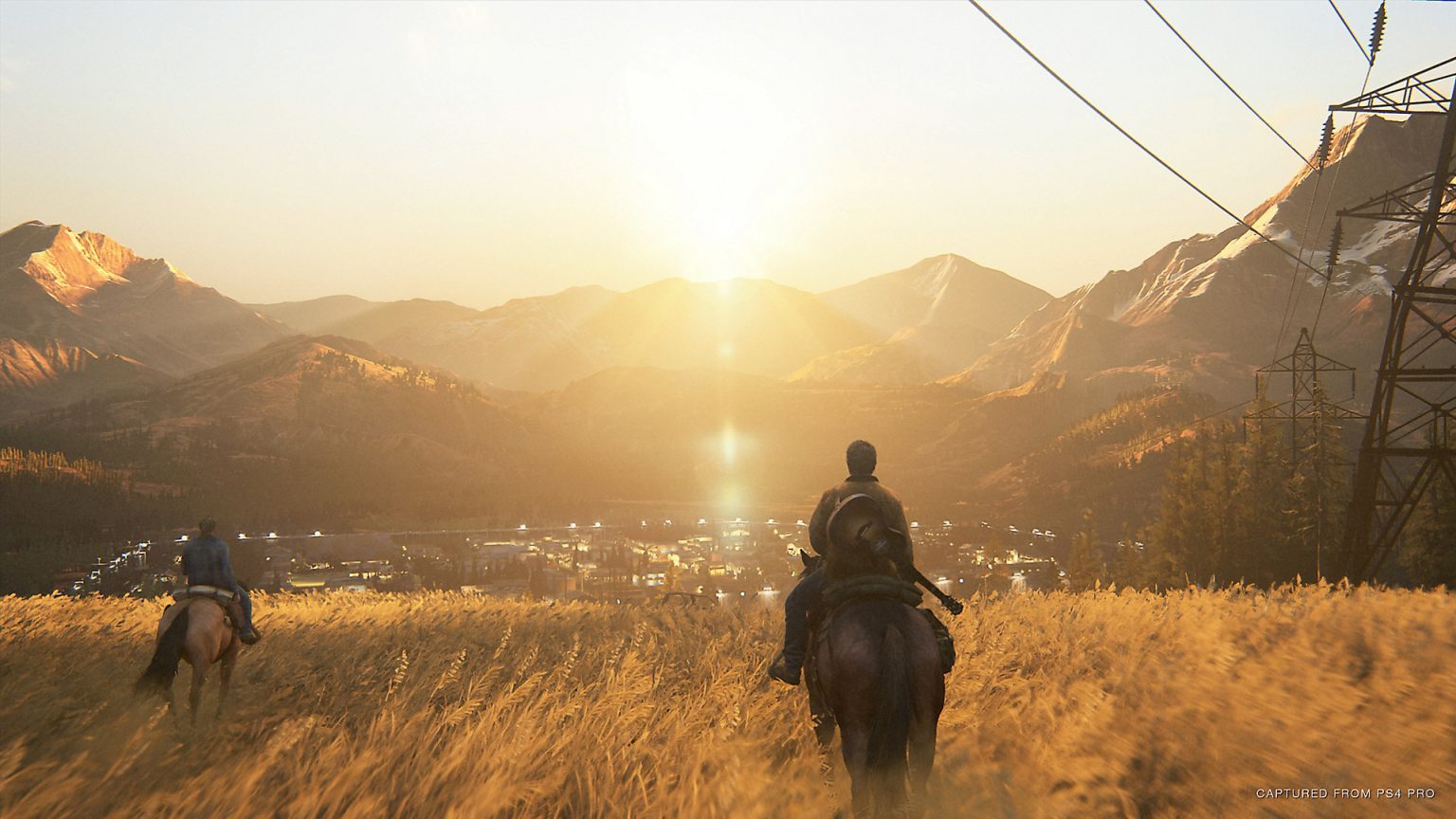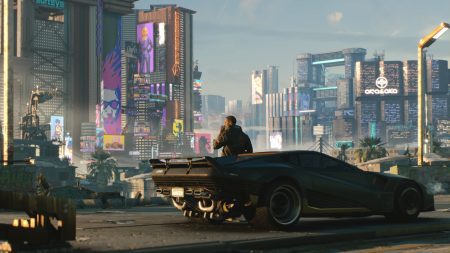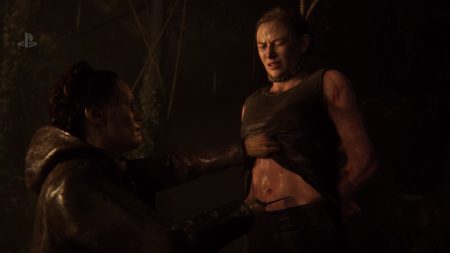Welcome back to Punished Notes, where I mostly rattle off barely coherent thoughts about a bunch of nonsense most people don’t waste their time thinking about. In this edition, I cover one of the biggest games of the year: The Last of Us Part II. Enjoy!
(Full spoilers for The Last of Us Part II ahead. You’ve been warned!)
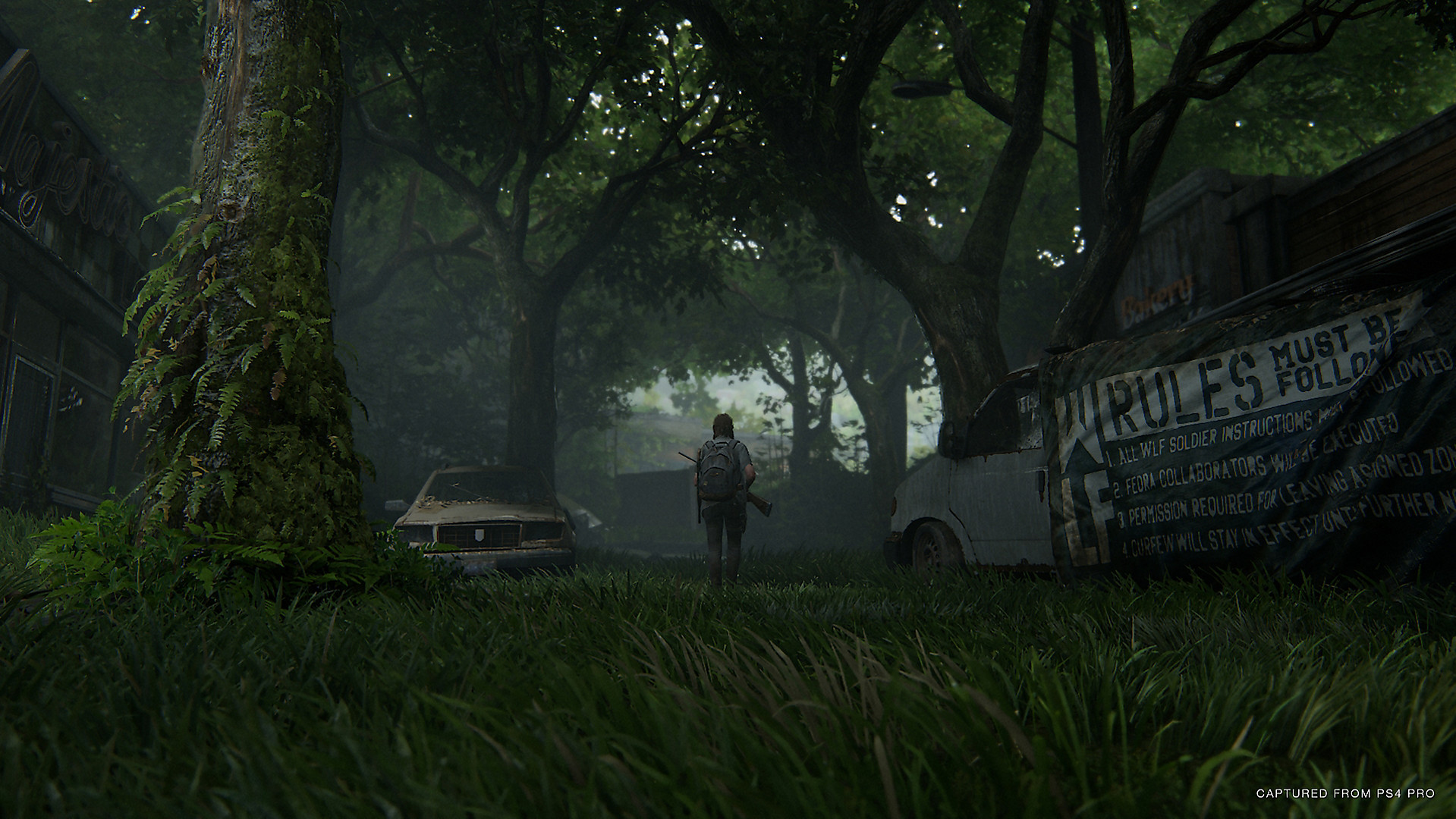
A long, bloody road to nowhere
One of the greatest strengths of 2013’s The Last of Us is how, despite its morally ambiguous ending, its characters’ motivations are always clear, and their actions reflect that clarity. As a result, the game’s narrative felt complete, even though some may view its final moments as a cliffhanger. It doesn’t matter if you think Joel’s actions are right or wrong. What matters is that they were consistent with the ideologies he espoused throughout the game: that the life of someone he cares about is not worth sacrificing for the “greater good,” and that humanity probably isn’t even worth saving at all. Joel running through a hospital murdering everyone in his path to save Ellie (effectively his daughter at this point) was, in many ways, an understandable conclusion to the overall story, which largely consisted of 15 hours of misery, blood splatter, loss, and failure, but also hope.
As much as The Last of Us Part II attempts to take it up a notch and deliver an even more devastating and murderous tale, its plot fails to achieve the same level of emotional resonance as its predecessor. The ending of the sequel lacks any kind of narrative or moral ambiguity, yet its characters’ motivations throughout the endeavor are flimsy and often irrational. And while the opportunity to play through the same period of time as two rival characters (Ellie in the first half, Joel’s killer Abby in the second) supports the game’s overall themes, everything just felt pointless at the end, and all the worldbuilding and little talks that painted the experience did not justify the long and winding death march.
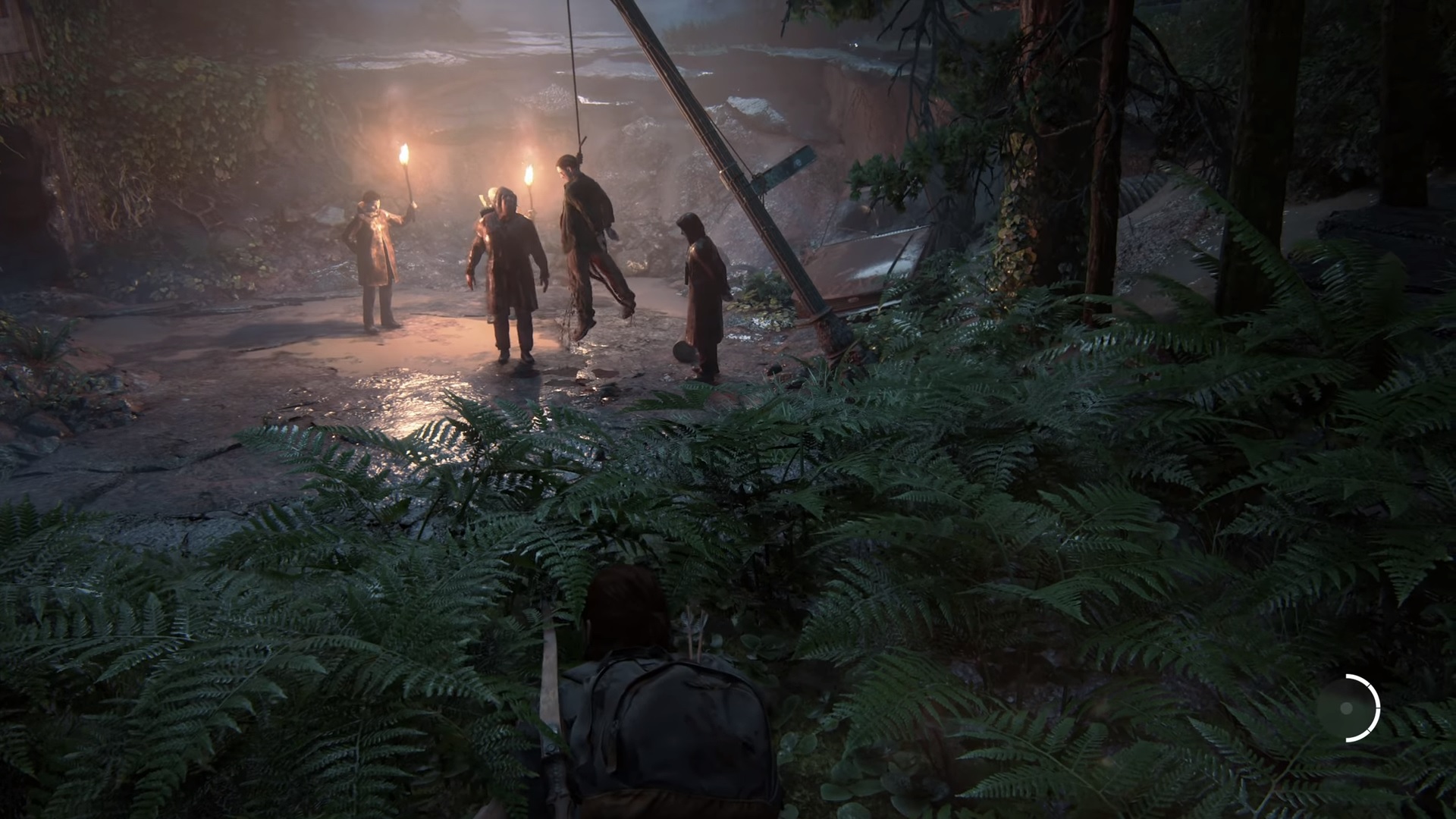
What’s the deal?
The Last of Us Part II tries to tell a story about hate, the cyclical nature of violence, and how even the most base and miserable murderers are people with real lives and relationships. For the most part, the game achieves its intended goals; combat animations are deeply unsettling, fallen enemies scream and choke while writhing in pain, every single opponent has a name (including dogs, who never asked for any of this), and every named “villain” (if that word even applies in this game) has a backstory and set of justifications for all they do. This is not a game about heroes, but rather a tale of how there are no heroes at all.
In terms of actual gameplay, Naughty Dog has built as slow and dreary an experience I’ve ever had, and intentionally so. Same as with its predecessor, TLOU 2 makes every enemy encounter slow and tense, as even being in a room with two enemies requires planning, patience, and presence of mind. The player truly feels each execution, as the splattering of blood and sonic impact of guns and knives weigh on the player. Also, like the first game in the series, battles aren’t “fun.” They’re harrowing, horrifying chores, largely existing as a reminder of how arduous and dreadful a task it is to take the life of another.
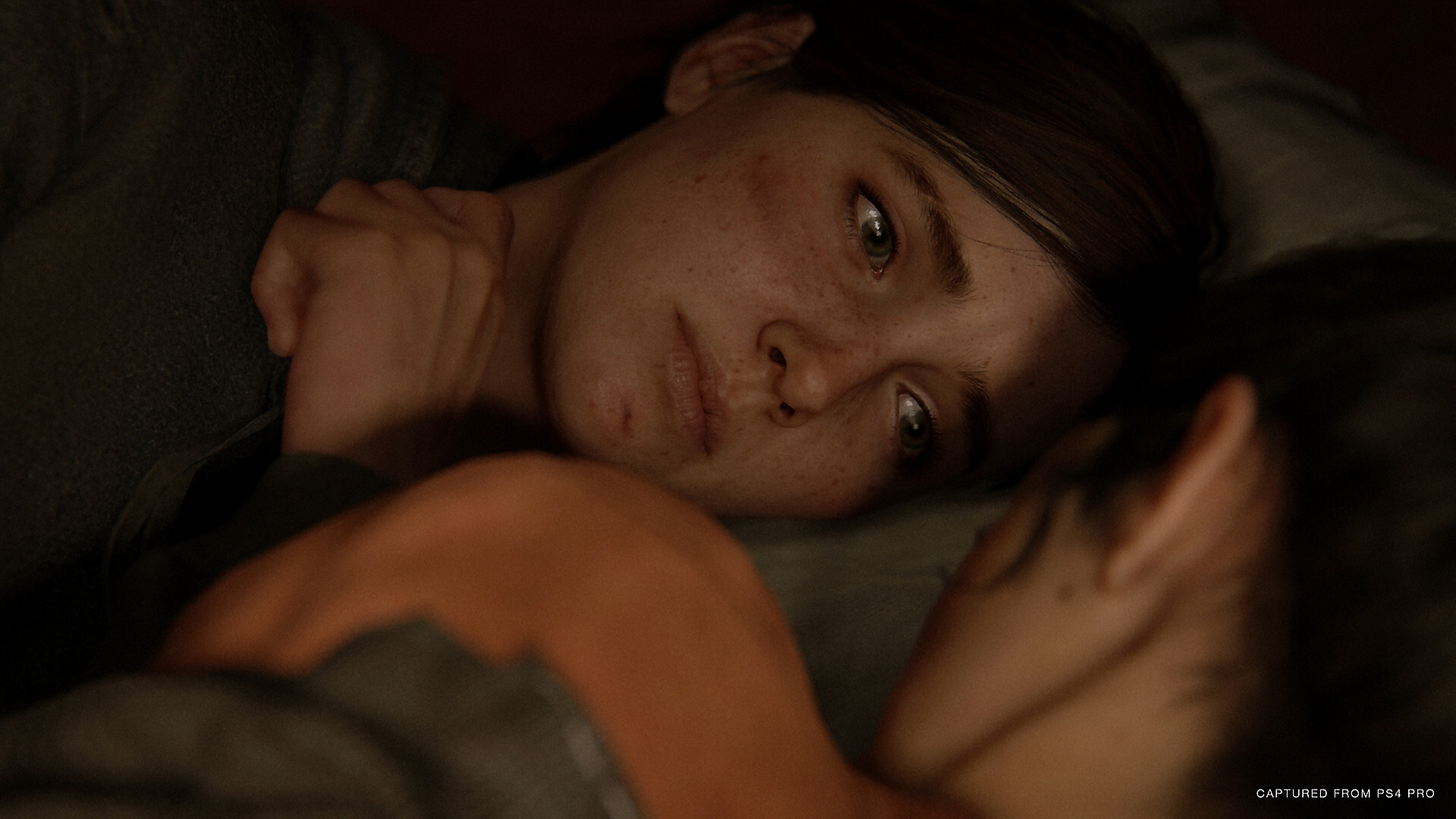
These slow and bloody sequences make way for where the game truly shines, which is in its quiet moments. Searching old houses, buildings, and stores for supplies; chatting with various companions about ways they wish things could be “normal” again; reading notes left behind by those who have perished; collecting superhero cards or state coins, proving that even the most hardened killers have kitschy hobbies; and witnessing the final remnants of civilization, a reminder not only of what we were capable of, but how easily it can all go away.
These sequences serve as a welcome contrast to non-stop murders, and help make the world and all who inhabit it feel truly alive. More importantly, they’re the heart of the experience; games like The Last of Us Part II would be the same kind of zombie-killing nonsense you’d find in Resident Evil or Left 4 Dead without these quiet parts. Much like the original, The Last of Us Part II allows for love and happiness to exist in between dread and panic, because otherwise what would be the point of surviving?
Unfortunately, TLOU 2 tries so hard to make everything so miserable, so arduous, and so horrifying that those quiet moments have wider and wider gaps between them as the game approaches its later hours. In addition, the most depressing story beats (as well as the insane murderfests that often precede or immediately follow them) are so agonizing and deflating that those journeys through old bookstores and Chinese restaurants seem small and meaningless by comparison. It’s as though the game wants you to take pleasure in the little things, only to later bludgeon you with sadness and horror and make you feel stupid for caring at all about superhero cards or state quarters.
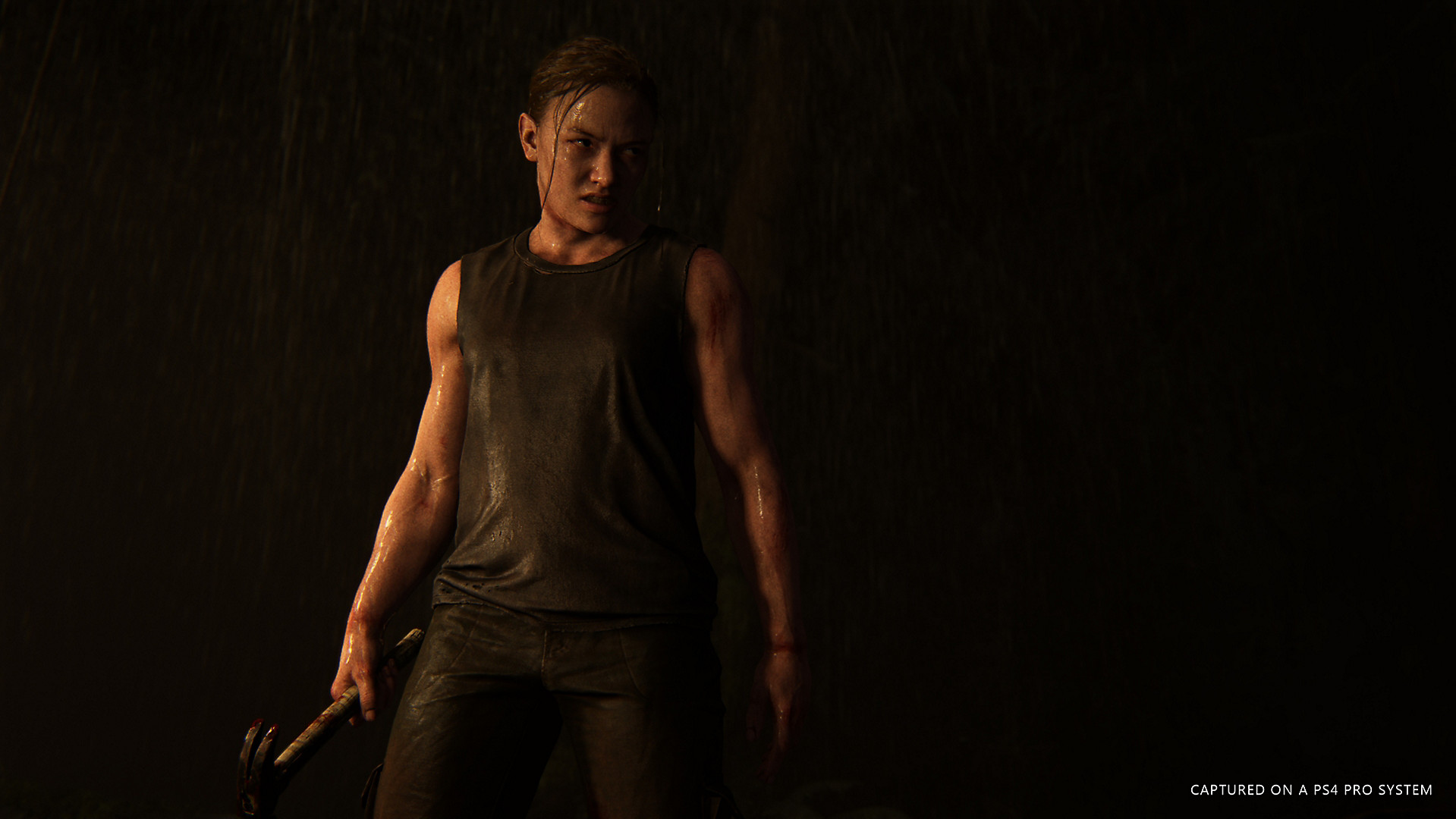
In the business of misery
Much of this dissonance would be forgivable if it weren’t for the often clumsy and bizarre nature of the storytelling. The main part of the plot begins when Abby, the daughter of a doctor who was killed by Joel in the first game, exacts bloody justice by caving Joel’s head in with a golf club. Ellie, who witnessed the horrific act but was left alive by Abby and her fellow Washington Liberation Front members, then goes to Seattle in an attempt to avenge Joel, where more gratuitous violence ensues.
At first, The Last of Us Part II presents Ellie’s motivation for vengeance as a way to achieve some semblance of closure for her unique relationship with Joel, as things were tense between them prior to his demise. In a bizarre twist, the game reveals through intermittent flashbacks that Ellie knew Joel had killed many people to save her and that he had lied to her about it for years, and Ellie’s story ends with a flashback to the night before Joel’s death where she says she’s willing to forgive him. Even though the game does everything to make it seem like Joel had it coming and that Ellie would understand why, it still has her react to his death with a vicious and uncontrollable blood lust.
These flashbacks don’t add clarity or context; they obfuscate the rationale behind Ellie’s actions, going from simple closure to… what exactly? Joel may have been a misanthropic, overprotective killer with a broken moral code, but at least in the original game you could see how he rationalized everything in his head. Such is not the case in the sequel, where the added cutscenes make Ellie’s deadly crusade even harder to justify than if she hadn’t known anything at all about what happened in Utah (or at least lacked confirmation of the truth).
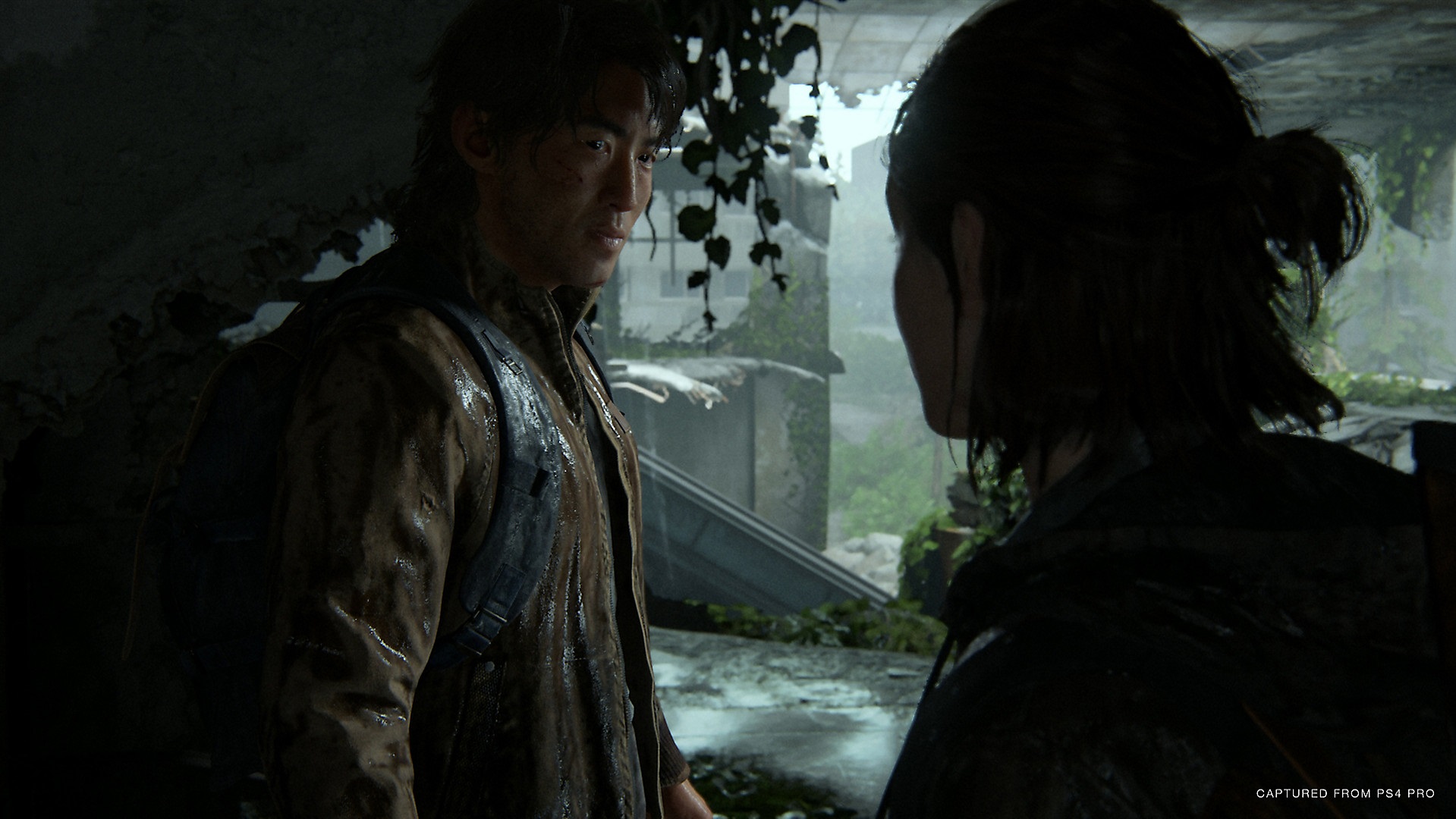
On top of all that, playing through Abby’s side of the story, while incredible in many ways, is bizarrely nihilistic, as even her attempts to save Lev (an outcast from a religious cult effectively at war with the WLF) simply cast both the WLF and the religious cult (known as the Seraphites) in a negative light, making every single person around Abby a potential target. After going out of its way to humanize Abby and her crew (and even justify their actions and sensibilities), TLOU 2 hardly even bothers to make the Seraphites seem even remotely reasonable or altruistic. Obviously, Lev and his sister Yara are meant to provide a rational backing of why one would become a Seraphite, but they’ve been banished from the cult and find themselves indiscriminately killing Seraphites the same way Abby did before them.
Of course, director Neil Druckmann and company couldn’t stop there, as of course Abby then becomes an enemy to the WLF for abandoning her post to save her ex-boyfriend, who wanted to defect from the crew in a quest for greater independence. Naturally, she and Lev end up in the crossfire of a fiery, destructive showdown between the WLF and Seraphites, where literally every single person besides the two of them is a direct threat. Somehow, the game went from trying to humanize everyone to demonizing them all the same.
And, just when you think the warring factions are out of the picture, the whole experience closes on a showdown between Ellie and Abby that follows the discovery of what is effectively a slave camp in Santa Barbara, where a gang has captured random people and caged them against their will. During this sequence, all of the attempts to hold human life in higher regard go out the window, as finally TLOU 2 just gives you clear bad guys to kill without remorse. After two dozen hours of trying to convince you that even your worst foes are people too, Naughty Dog said, “Well, maybe not these guys, actually.”
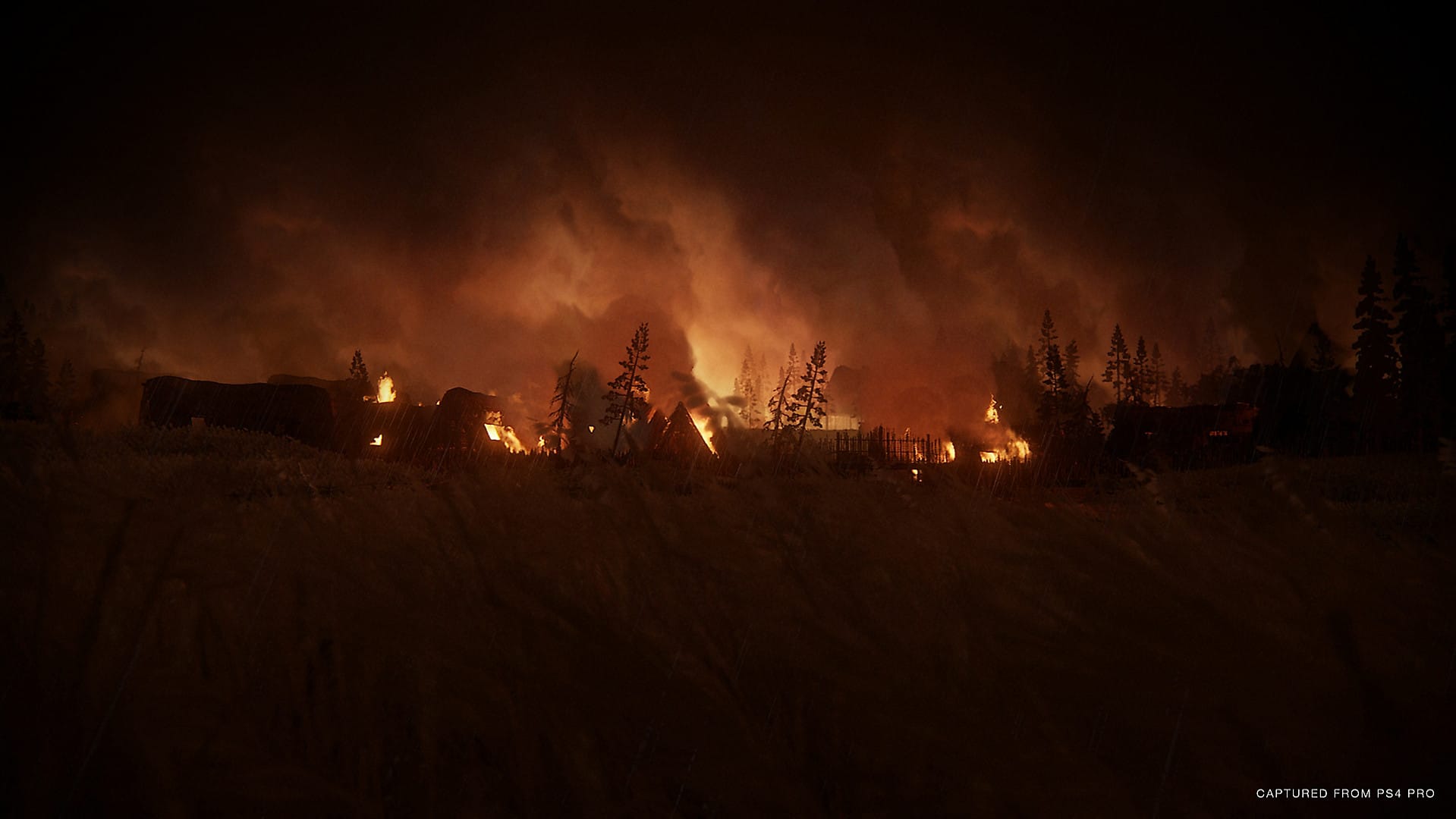
If the game wanted me to abhor all the violence, why would these sequences even exist? If I’m supposed to view every human life as precious after a certain point, why hasn’t the story given every single person the benefit of the doubt, instead of just some of them? If the minds at Naughty Dog wanted me to feel bad about all the bodies left in my wake, why does it only highlight, like, four or five of the hundreds of people I’ve killed?
Moreover, if the title’s ultimate message is that, in times of extreme crisis, human beings revert to their most brutal, primal urges, why bother showing us the beautiful, thriving town of Jackson, Wyoming? Why spend so much time slowly sauntering through the WLF headquarters, where scores of people have built a functional community within the safety of a football stadium? Why present Ellie and Dina living a relatively normal life in an idyllic farmhouse, seemingly far away from any clear and present danger? Why have so many moments take place in the safety of an abandoned aquarium? The game shows that clearly humanity can exist in a post-apocalyptic world without intense violence and hatred, but somehow doesn’t actually believe these places are real or could stand without endless bloodshed.
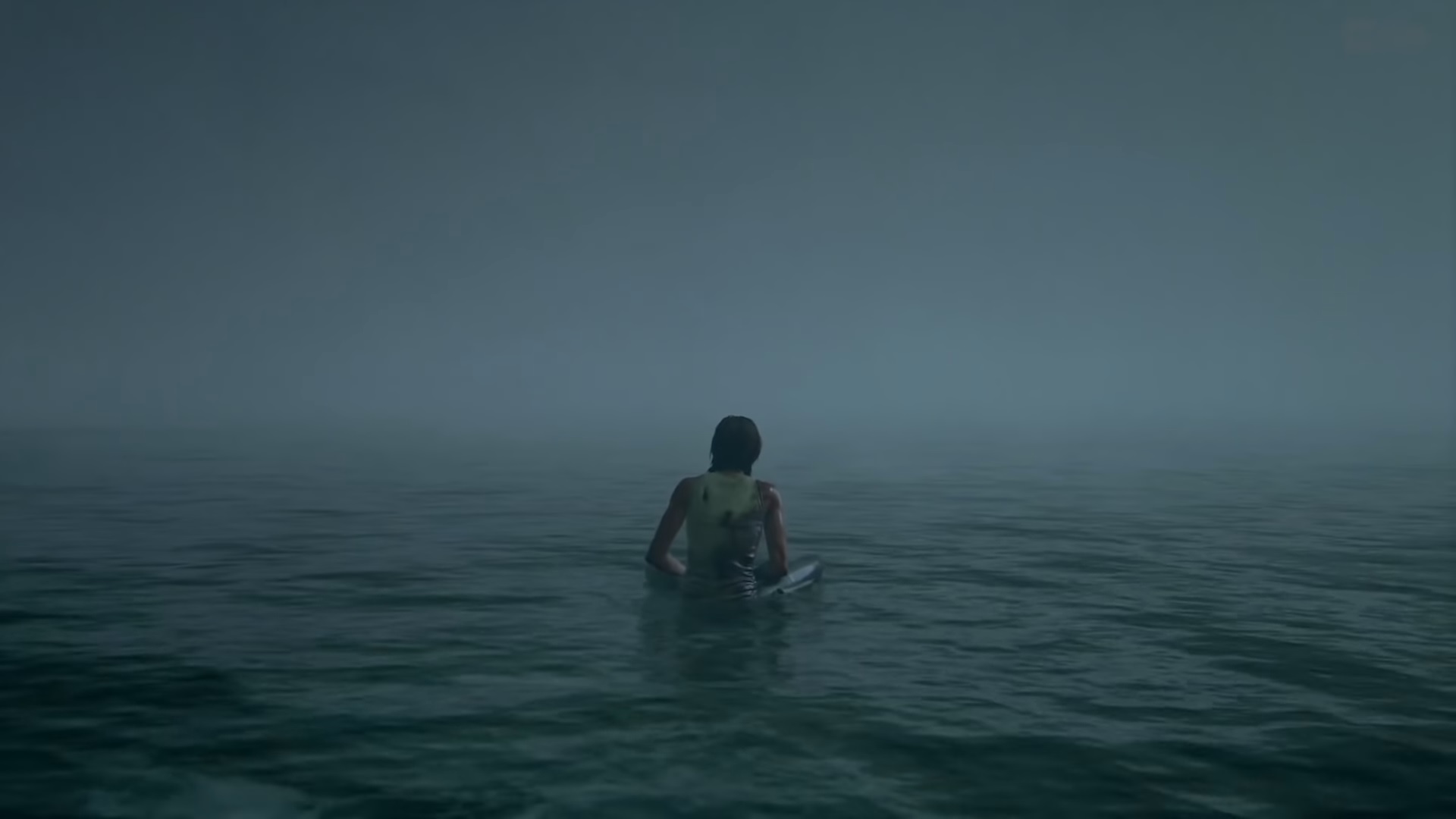
It’s possible the whole experience could have been redeemed with the right ending, but The Last of Us Part II even falters there. The final showdown between Ellie and Abby was… just awful. I hated everything about it. Naughty Dog’s hand-to-hand combat mechanics have always been wonky and bizarre, but they’re especially awkward in this moment. All the knife cuts and broken bones (and lost digits) were intentionally unsettling, but it never felt like a fight where the player ever really had any control.
It also didn’t really work for me narratively. Ellie went all that way to finally kill Abby, but then can’t do it finally because she’s apparently learned that she’ll never get closure for Joel’s death. The choice to spare Abby felt like the right ending for a totally different story, one where mercy and forgiveness play a more central role. Unfortunately, in typical action-movie fashion, the game ends the way countless other awkward stories of unbalanced violence do, as all of the other murders were justifiable and part of a larger mission (in Ellie’s mind at least), but not this one apparently. It’s hard to call TLOU 2‘s plot masterful when, without fail, it ultimately ends with a tired cliche.
I like a lot of what The Last of Us Part II is trying to do. I love the eerily slow and deliberate combat, the survival mechanics fit each scenario well, and the improved stealth systems and enemy AI make each encounter interesting and exciting. The way the game portrays teen romance is beautiful, and as I’ve said earlier, the quiet moments can be enchanting. I just wish that, at the end, I felt that any of it mattered, or that any of it had a purpose beyond telling me “murder is bad and people are people,” a message as broad as it is facile.
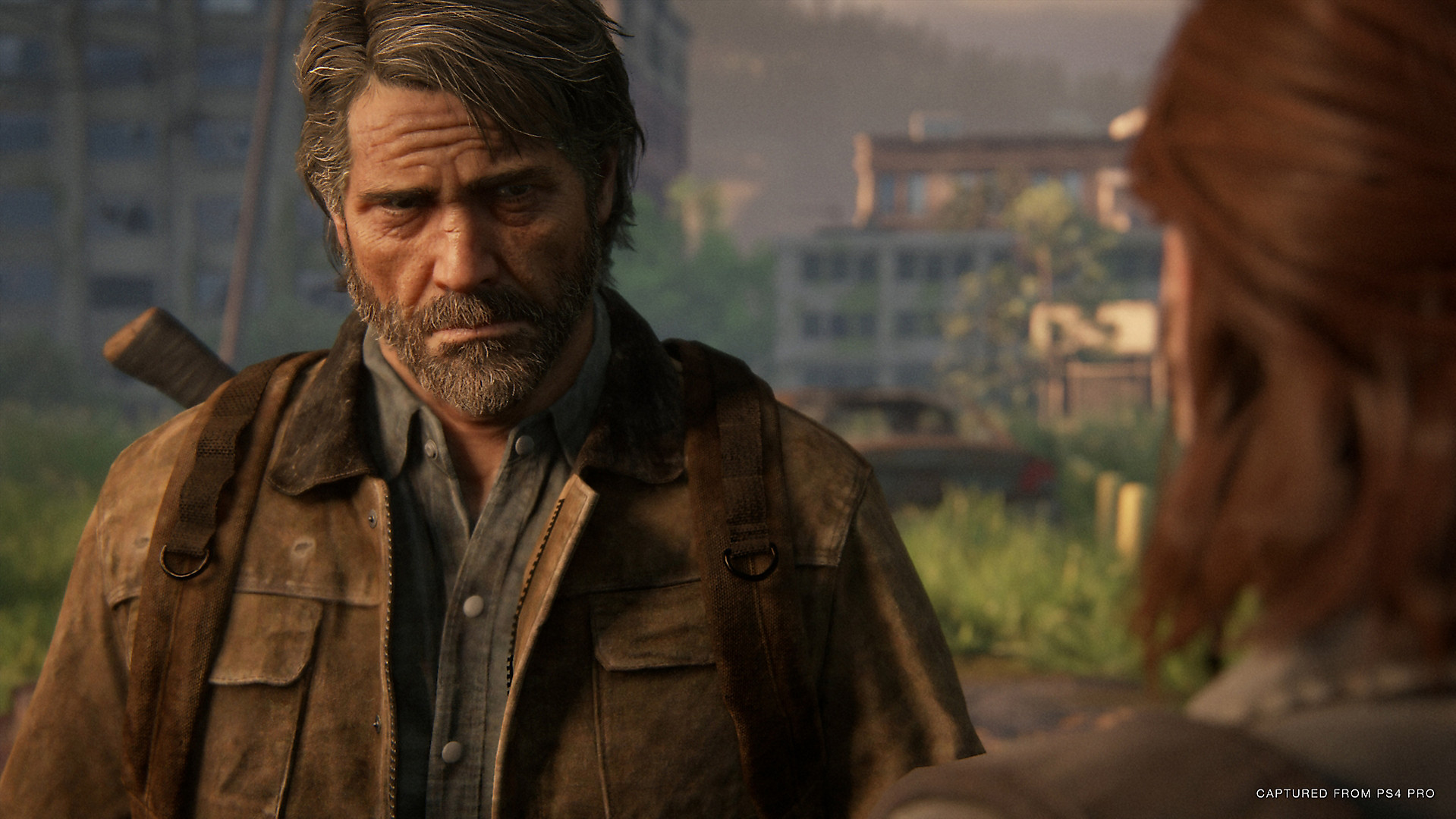
No, this isn’t THAT game
The Last of Us Part II has predictably fallen into one of the most perplexing arenas of gaming discourse: the “this proves games are real art” discussions, which are and have always been inane and worthless. Another way of framing this is saying so-and-so game is “the Citizen Kane of games,” AKA a monumental work that not only serves as a great artistic achievement, but something that legitimizes the artistic merit of the medium itself. These characterizations are inherently ridiculous, and they do more to harm gaming discourse than many realize.
Of course, as soon as the embargoes were lifted, critics showered The Last of Us Part II with undying praise, calling it a masterpiece, one of the best games of its generation, and something that pushes the medium to new artistic heights. Some reviewers went a step further, saying it deserves to be considered as great a work of art as some of the best cinema and literature. Obviously, some critics clearly disagreed with this assessment, pointing out narrative failures and overbearingly gruesome mechanics. Still, before its actual release, TLOU 2 had taken the place of previous games with the “Citizen Kane of games” title, which previously belonged to Red Dead Redemption 2. And God of War before that. And Uncharted 4 before that. And the first Last of Us before that. And Bioshock Infinite before that…
Honestly, we need to stop this. We need to stop saying that the next big AAA game with improved graphics and a more “mature” story is the next GOAT of video games right away. We have to stop ignoring games history, and we have to stop giving so much credit to studios who have all the money and backing (as well as the ability to mercilessly exploit labor) and end up succeeding from a technological and financial standpoint. We need to stop conflating dark, depressing storytelling with maturity, and we need to stop talking about games like only the most expensive and arduous works are truly “art.” Most of all, we need to stop asking the question “Can video games be art?” and start asking ourselves “Why don’t enough people consider games art unless they mimic movies and books?”
Video games are art, period, and that means that some games are good art and others are bad art. The Last of Us Part II is no more a work of art than Devil May Cry 5, Tetris 99, or even Untitled Goose Game, but for whatever reason, so many who love games seem to believe that only one of the titles I’ve just mentioned is worthy of that label. Just because Naughty Dog demands we view their work the same way we would view an Oscar-winning film or Pulitzer Prize-winning novel doesn’t mean we should ONLY view their work that way, and that nothing else in the medium deserves that same level of praise (or scrutiny).
Just to clarify: I’m not saying anyone who loved TLOU2 is objectively wrong. It has a lot going for it, and I completely understand how someone could conclude it’s a masterpiece and all-time great achievement. What I’m saying is that the rush to place it in the gaming pantheon without much context or consideration is foolish, and viewing it as part of a separate artistic category in the gaming milieu does a disservice to all the wonderful gaming experiences that are out there, many of which are capable of incredible stories and emotional resonance that can’t be recreated in other media.
If we ever do find a “Citizen Kane of games,” and I don’t think we will, it won’t look like The Last of Us Part II. It won’t reach those heights because of improved rope physics or clothing removal animations. It won’t be admired because it insists you kill dozens of people and then reprimands you for doing so. It probably won’t even have particularly great voice acting or writing. And it damn sure won’t exist merely to convince naysayers that video games are art.

LIGHTNING ROUND!!!!!!!!!!!!!!
-The more I think about it, a lot of the issues mentioned above wouldn’t have been as stark if the game weren’t so damn long. 25 hours of misery is a hard sell regardless of quality.
-I did really admire a lot of the graphical details, including the improved facial features and various climbing/running animations. Still, I’d rather gaming companies punt on these upgrades in favor of better working conditions, since I doubt my opinion of The Last of Us Part II would change much if there were less polish.
-I appreciated that the game had queer and trans representation, but I would have liked it more of queer and trans characters in popular media weren’t always submerged in sadness and loss.
-One of the best sequences in the whole game was traversing through the collapsed Hotel Blacray, as it presents the perfect vertical slice. It requires careful stealth, smart item management, thoughtful use of crafting, and even platforming.
-Some of the towns/encampments presented in The Last of Us Part II are extraordinary, and I wish I could have spent more time in some of those places. Jackson seemed like a genuinely functional community, and the game should have let me eat barbecue and drink beers there.
-Other random things I liked: Laura Bailey’s voice acting, the crossbow, being able to go prone fairly seamlessly, the Synagogue, anytime Dina was on screen
-Other random things I disliked: Owen (just thought he was boring), ineffective silencers, shamblers, not enough snowball fights
Sam has been playing video games since his earliest years and has been writing about them since 2016. He’s a big fan of Nintendo games and complaining about The Last of Us Part II. You either agree wholeheartedly with his opinions or despise them. There is no in between.
A lifelong New Yorker, Sam views gaming as far more than a silly little pastime, and hopes though critical analysis and in-depth reviews to better understand the medium's artistic merit.
Twitter: @sam_martinelli.


